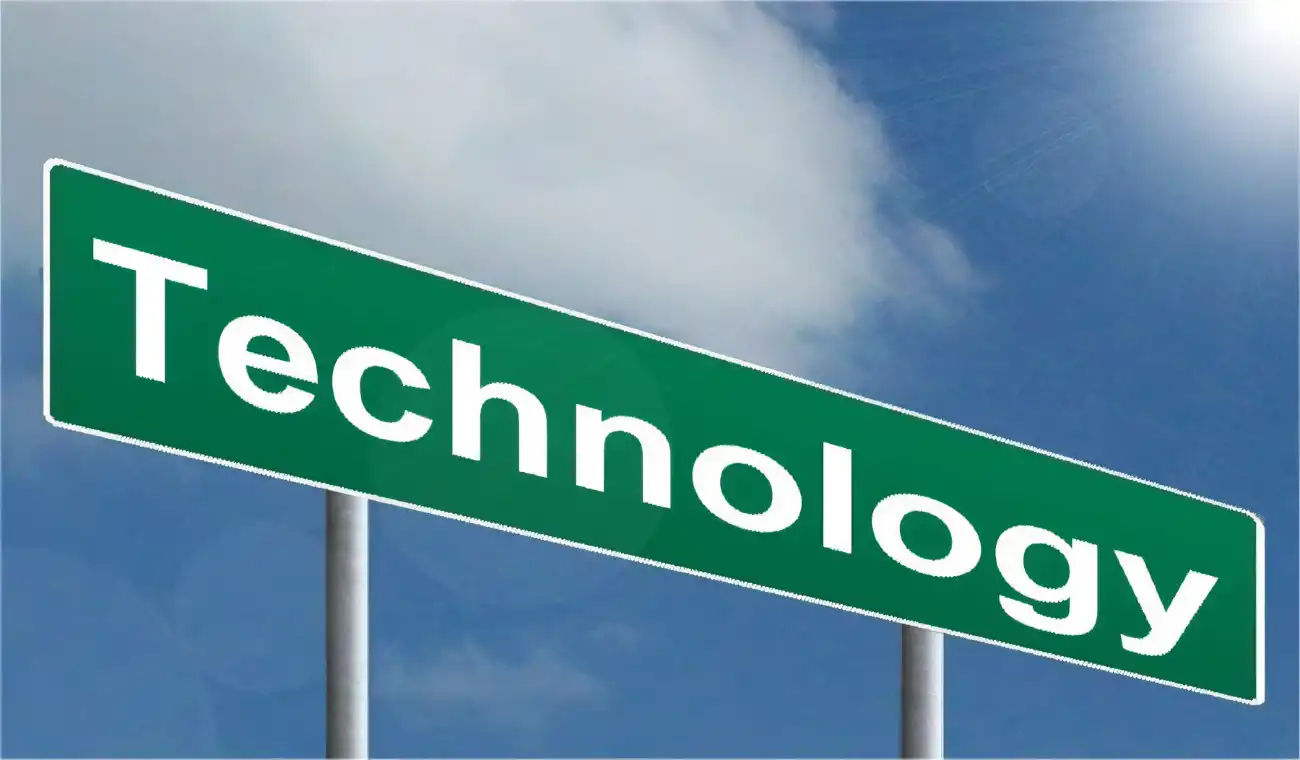Communications in today's digital age are primarily focused on speed, reliability, and accessibility. This truth has led to the Federal Communications Commission (FCC), an autonomous agency of the United States government, to redefine the benchmark figures for broadband speed. In a move to support this drive, the FCC officially raised the minimum speed for broadband from 25 megabits per second (Mbps) to 100 Mbps.
This decision by the FCC is an acknowledgement of the fundamental role the internet plays in our daily lives. It's no longer adequate to have internet connection; the quality and speed of that connection is now just as important. With the jump to a 100 Mbps minimum requirement, the FCC aims to implement a new level of internet speed and reliability for users.
The FCC has been tasked with the duty of regulating interstate and international communications by radio, television, wire, satellite, and cable throughout the United States. The transition to a higher baseline for broadband speed was a step taken to ensure the agency remains consistent with the evolution of technology and user requirement.

However, the move to raise the minimum threshold for broadband speed doesn't come without its challenges. Internet service providers (ISPs) may have to grapple with the need to upgrade their infrastructure to meet the new FCC requirement, a move which could entail high investment costs.
On the other hand, this decision by the FCC is welcomed by many. Faster internet speeds align with the increasing digital demands of workplaces, educational institutions, and homes. This regulatory step may carry the potential to radically transform how users interact with digital platforms.
Dissenters of the FCC's regulation argue about its demand on ISPs with limited resources. They assert that the increased speed threshold could lead to market polarization, where only those who can afford to upgrade to faster networks would benefit, leaving a vast number of users with slow speeds.
Advocates of the FCC's decision, though, believe this is a necessary inconvenience. They argue that a hike in the speed threshold is a step towards not just a faster internet, but also a more productive and interconnected digital world.
The FCC's action reflects global trends towards faster internet speed. The decision is reflective of the changing consumer behavior and digital demands worldwide. Internet users have been demanding faster and reliable connections, fueled by the rise of streaming services, video conferencing, and other bandwidth-intensive applications.
These baseline speeds may not seem significant to city dwellers, who already enjoy internet speeds far exceeding this minimum. Nevertheless, for rural areas and developing nations, this change may be monumental, bringing them one step closer to levelling the digital divide.
The significance of this change may extend beyond simply speed and reliability. The FCC's decision may indeed be a catalyst for innovation, as businesses, developers, and consumers are expected to leverage these increased speeds for advanced applications.
However, the move could also lead to unintended consequences. The higher base of broadband speeds might create a larger gap in digital equality, disproportionately affecting rural and underserved communities. This viewpoint raises important questions about the potential implications of the FCC's new broadband speed standards.
For these to understand these implications, it's crucial to remember the context. The FCC's new 100 Mbps baseline does not imply that internet service providers are now mandated to offer speeds of 100 Mbps or more; it merely sets a new standard for what qualifies as broadband.
While the FCC's move to increase minimum broadband speeds might be polarizing, it marks a significant shift in setting standards for internet performance in the US. Whether it will be a driving force for leveling the digital playing field or widen the digital divide is a topic of much discussion.
The revised threshold also puts into perspective a broader vision for digital connectivity where access isn't the only metric for success. Speed and reliability are, without a doubt, equally imperative for a truly connected world.
In a world where digital accessibility is rapidly expanding, the internet has become an essential component of our lives. This makes the FCC's recent decision to raise the minimum threshold of broadband speed an important one as it will shape our digital future.
What remains undisputed, though, is that the new minimum speed threshold set by the FCC echoes an era of increasing dependence on the digital world. This step can play a momentous role in defining internet standards and catalyzing infrastructural development across the U.S.
While the implications of this change will take time to assess fully, there is little doubt about its potential to escalate digital connectivity. The impact on internet users, particularly in rural and under-resourced areas, will be highly consequential.
Nevertheless, the FCC's new broadband speed standard signifies not just a move towards faster connectivity. It denotes the agency's efforts to keep pace with a rapidly evolving digital landscape and effectively cater to the escalating demands for high-speed internet.
As we move towards an increasingly digital future, the FCC's shift in policy is undeniably a significant move. How it impacts consumers, service providers, and the broader digital landscape is a critical perspective that will continue to unfold in the coming years.